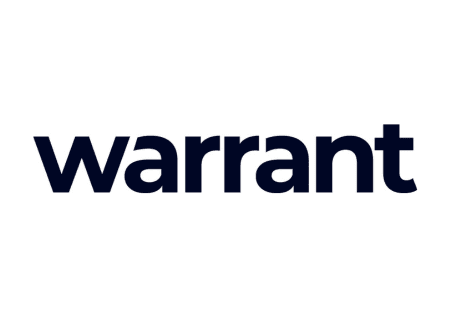At the time of writing (03/11), the ceasefire agreed by all parties on the 10th October has been largely maintained, but the sentiment of a fragile holding pattern as opposed to a durable peace appears the most accurate description of the current situation. The global shipping outlook is heavily linked to events in the region, and we are happy at any stage to offer independent advice & guidance to keep all members updated on the likely impact to your supply chains.
The commitment from the Houthis to suspend attacks on commercial vessels is contingent upon “Israel respecting the ceasefire”. There have been no further attacks so the question of a resumption through the Suez Canal is now a pertinent discussion point.
For over 2 years, shipping lines have been largely avoiding the perilous Red Sea routing due to the threat of attack. The impact to supply chains has been vast, initially creating a significant deficit of supply which resulted in freight increases comparable to those seen during the Covid pandemic. Due to the diverted transit through the Cape of Good Hope, an additional 15-20 days has been added to every round trip voyage on the Asia/Europe trade-lane. We estimate the additional transit time is the equivalent of removing around 11% of capacity on a key trade route for many importers within the UK bathroom sector.
As we entered 2025, more vessels were deployed into global trades and supply quickly caught up with demand, so we have seen a softening of freight pricing, but congestion and disruption have continued to blight supply chains. We have now received intelligence to suggest the first ULCS (Ultra Large Container Ship) with a capacity of 9000 x 40’ containers, will transit through the Suez Canal. This is without doubt the first of many who will follow, if there remains surety of safe passage through the Red Sea. There can be no immediate full resumption of re-routing through the traditional passage of the Suez as this will require significant adjustment of current scheduling but as vessels and entire loops gradually phase back to this route, we can expect to see a full resumption at some point in Q2, perhaps early Q3 in 2026. As shipping line balance sheets take a hit due to the current market conditions, it’s conceivable they will look to resume transit through the Suez quicker than many analysts predict, although we are at the onset of resumption at this stage, so the outlook remains undetermined.
Impact to your supply chain?
If shipping lines return to the shorter, lower (fuel) cost routing via the Suez Canal in 2026, what can we expect?
- A significant influx of capacity of more than 1.5million TEU in addition to newbuild deliveries already planned. Supply will undoubtedly outstrip demand
- An expectation of shipping lines removing structural capacity / introducing ad hoc blank sailings to balance supply
- Operational challenges due to realignment of scheduling resulting in congestion at key ports in Europe and Asia
- Landside limitations in UK and European ports
- “Boom and bust” in terms of pricing with volatile peaks and troughs dependent on seasonality and market conditions
The above factors will combine to lead to further challenges with supply chains. Advertised / pro-forma transit times will improve, but we are likely to see a turbulent year with realignment of scheduling, shipping line activity to limit revenue erosion through aggressive blanking and heightened congestion along with likely intermodal constraints impacting final mile delivery.
Warrant Group recommendations
- Ensure robust supply chain planning, maintaining existing buffers and remain sceptical of any tangible improvements to overall lead times
- Ensure contingencies with more than one service. For example, there are 4 different products/Alliances from Asia to Europe, minimum criteria on offer should be 2 alternatives to guard against carrier blanking / loop withdrawals. This also applies to services from the Mediterranean
- Lock contracts for 3-12 months to ensure continuity of supply whilst allocating a lesser proportion of your business to the spot market. We would recommend 70/30 split, contracted V spot
- Export services from Europe are expected to have comparable challenges albeit pricing is anticipated to remain at rock bottom levels throughout 2026
As a major player in East/West trades, Warrant Group can offer consistency of price on short to long term contracts, capacity guarantees spanning all Alliance services and crucially we control the UK delivery element, the latter being relatively rare in today’s market. We can mitigate many of the challenges identified above through access to significant committed capacity from historically loyal carriers, extended port storage in the UK and through our own dedicated rail and road contracts, we offer enhanced communication and operational performance.
We are more than happy to offer advice on any element of global shipping so please feel free to reach out to John.gibbs@warrant-group.com and Hannah.morgan@warrant-group.com.
Blog supplied by Warrant Group

